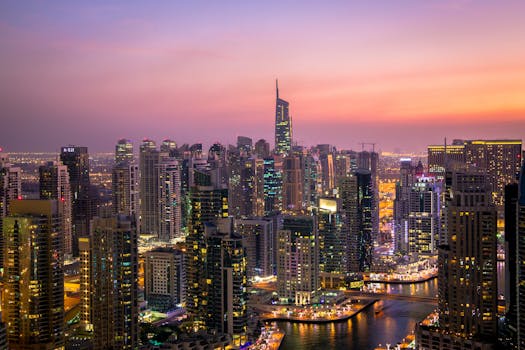
Rivers across the globe are receiving new attention with a wave of innovative technologies designed to tackle plastic and other pollutants more efficiently than ever before. These emerging systems focus on smart, targeted solutions rather than brute-force methods, achieving significant gains in waste removal while minimising harm to aquatic ecosystems. Four technologies stand out for their unique approaches and effectiveness in various water environments.
The Bubble Barrier system is transforming river pollution management by creating a subtle yet effective method for directing floating debris. Rather than installing physical barriers that can harm fish and disrupt natural flow, this system releases a curtain of fine bubbles along the riverbed. These bubbles generate an upward current that gently pushes plastic waste toward the riverbank, where it can be collected safely. Designed with marine life preservation as a priority, the Bubble Barrier operates quietly and with minimal energy, making it sustainable and scalable. Its implementation in European waterways has demonstrated substantial reductions in plastic load downstream, underscoring the potential for global application.
Another breakthrough is the WasteShark drone, an autonomous surface vehicle designed to seek out and collect plastic waste and biomass. Powered entirely by electric batteries, WasteShark operates silently and emission-free, making it suitable for sensitive environmental zones. Its shark-inspired design allows for agile manoeuvrability in narrow or complex waterways where traditional clean-up vessels cannot reach. This technology continuously scans the water surface, collecting debris into its internal storage, which is then offloaded for proper disposal or recycling. Trials conducted in urban canals and small rivers show WasteShark’s capacity to reduce floating waste accumulation significantly, while also cutting labour costs associated with manual cleaning.
Seabin technology complements these innovations with a more stationary but highly effective approach. Installed in harbours and marinas, Seabins function as water intake devices that draw water inward using low-energy pumps. As water passes through, floating debris, oil residues, microplastics, and even some suspended particles are trapped inside the device’s netting system. This process mimics a natural whirlpool, preventing contaminants from drifting into open water bodies. The adaptability of Seabins to different aquatic environments and their ease of installation have led to their adoption in various coastal cities worldwide, where they provide crucial filtration services in high-traffic zones vulnerable to pollution.
The Collec’Thor system offers a robust solution designed for the most heavily polluted and challenging river environments. This high-capacity waste collection unit operates continuously, 24 hours a day, removing massive quantities of surface waste that traditional methods struggle to handle. Engineered to withstand strong currents and debris-heavy waters, Collec’Thor is deployed in industrial zones and urban river stretches prone to significant contamination. Its capacity to extract large volumes of waste ensures that less pollution travels downstream, mitigating environmental and public health risks. Recent installations in Southeast Asian waterways demonstrate the system’s efficacy in reducing plastic and other pollutants during monsoon seasons, when river pollution typically spikes.
Together, these four technologies form a comprehensive, multi-tiered approach to river cleaning that addresses different types of pollution and environmental challenges. While each system excels in its particular niche, their combined deployment creates an interconnected network capable of targeting plastic pollution throughout a river’s course, from upstream sources to estuaries.
Experts emphasise the significance of moving away from heavy machinery and static nets, which can cause collateral damage to river ecosystems and are limited in reach. Instead, the focus has shifted towards solutions that work in harmony with natural water dynamics and biodiversity. Environmental engineers highlight that intelligent design in waste management systems, such as bubble curtains or autonomous drones, reduces disturbance to aquatic life while enhancing efficiency.
Despite their promise, challenges remain. Scaling these technologies to cover entire river systems requires substantial investment and coordination among multiple stakeholders, including governments, environmental groups, and private enterprises. Maintenance and proper waste disposal infrastructure are critical to ensure collected materials do not re-enter waterways or cause secondary pollution. Additionally, the effectiveness of each technology depends on local conditions such as river size, flow rates, and pollution types, necessitating customised deployment strategies.


